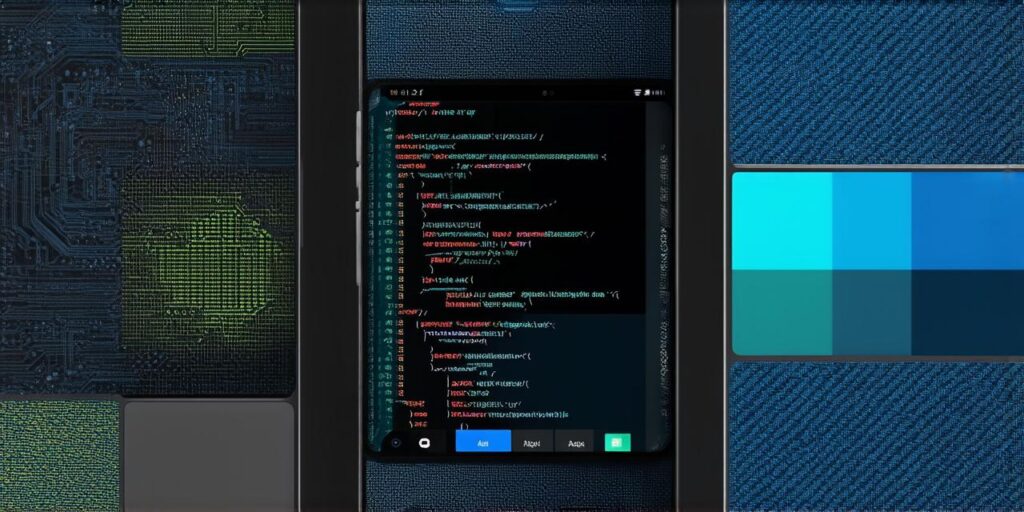Developing a mobile app can be a costly endeavor, but it can also be a profitable one. As with any project, it’s important to understand the costs involved before you begin. In this article, we will discuss some of the factors that determine the cost of developing a mobile app and how to calculate those costs.
Understanding Your Project Requirements
The first step in calculating the cost of developing a mobile app is to understand your project requirements. This includes understanding what you want the app to do, who your target audience is, and what platforms you want to develop for (iOS, Android, or both).
Once you have a clear understanding of your project requirements, you can begin to estimate the cost of development. There are several factors that will affect the cost of development, including:
- Complexity of the App: The more complex the app, the more time and resources it will take to develop. This includes features such as user authentication, push notifications, and integration with other services.
- Development Team: The size and experience of your development team will also affect the cost of development. A larger and more experienced team will generally result in a higher cost.
- Platforms: Developing for multiple platforms (iOS and Android) can increase the cost of development, as each platform requires its own set of tools and technologies.
- Timeframe: The timeline for your project will also affect the cost. Rushing to meet a deadline may result in increased costs due to overtime pay or additional resources needed to meet the deadline.

Estimating the Cost of Development
Once you have a clear understanding of your project requirements, you can begin to estimate the cost of development. There are several methods for estimating the cost of development, including:
- Fixed Price: This is where the client pays a fixed amount for the app regardless of the time and resources required to develop it. This method is best suited for simple apps with well-defined requirements.
- Time and Materials: This is where the client pays based on the time and resources required to develop the app. This method is best suited for more complex apps with uncertain requirements.
- Agile Development: This is a flexible development approach that allows the cost of development to be adjusted throughout the project as new information becomes available.
It’s important to note that no matter which method you choose, it’s essential to have a detailed and realistic budget in place before starting development. This will help you to stay on track and avoid any unexpected costs down the line.
Conclusion
Developing a mobile app can be a costly endeavor, but with careful planning and budgeting, it can also be a profitable one. By understanding your project requirements, estimating the cost of development, and having a detailed budget in place, you can ensure that your mobile app development project stays on track and within budget.



